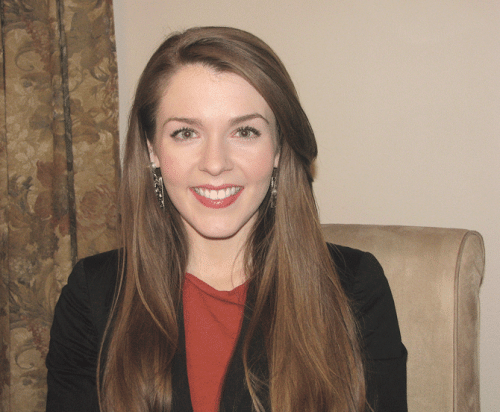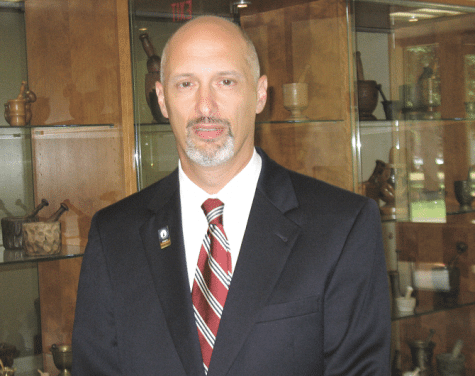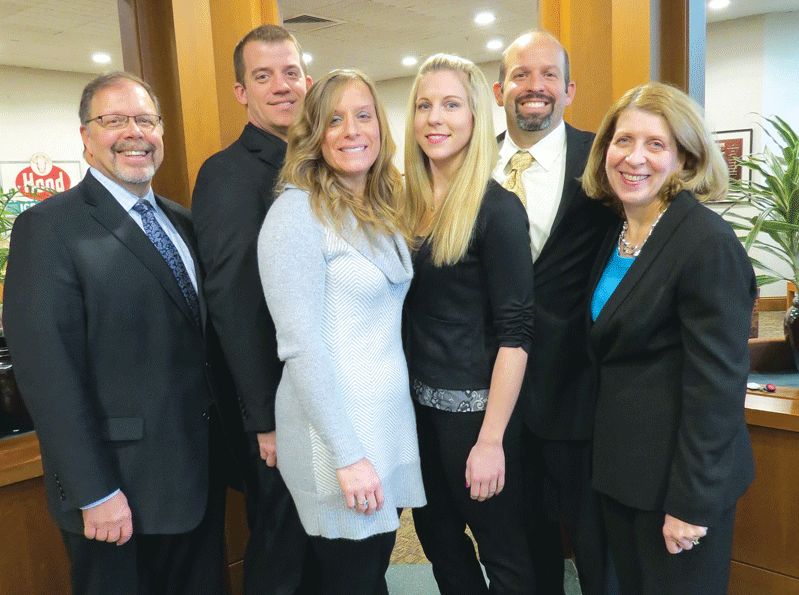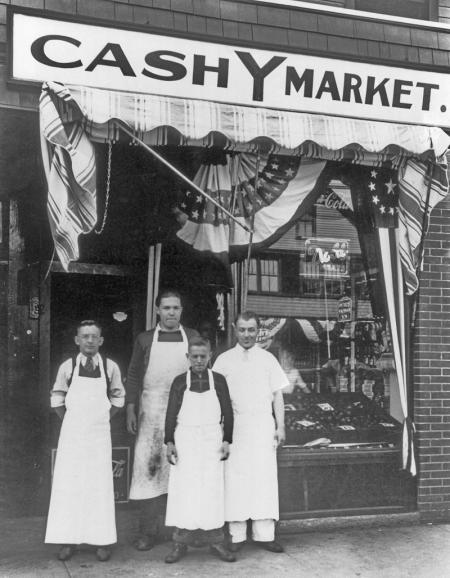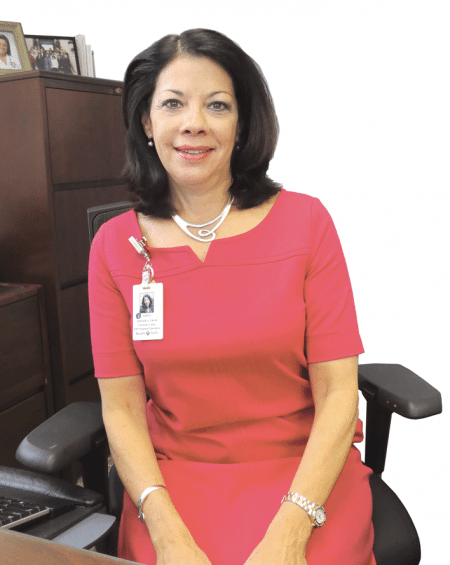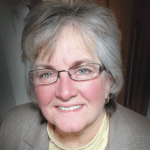Kandinsky Exhibit
Through Jan. 15: Earlier this summer, the Springfield Museums unveiled an exhibit of prints by Russian artist Vassily Kandinsky titled “Kleine Welten (Small Worlds),” a portfolio of 12 works created in 1922 using a range of print-making techniques. The Michele and Donald D’Amour Museum of Fine Arts is one of only a handful of public museums to own the complete series; other such museums include the Metropolitan Museum of Art and the Museum of Modern Art. The exhibit will be on view in the Collins Print Gallery through Jan. 15, 2017. Known as one of the pioneers of abstract art, Kandinsky (1866-1944) lectured and wrote extensively in support of non-objective art, believing that total abstraction offers the possibility for profound spiritual expression. His paintings of 1913 are considered to be among the first completely abstract compositions in modern art history, as they made no reference to the natural world and were inspired by (and took their titles from) pieces of music. His non-representational paintings paved the way for the development of the abstract expressionist movement that dominated American painting after World War II. Kandinsky’s “Kleine Welten” portfolio exemplifies the artist’s abstract style, while also demonstrating his achievements with various print-making techniques. Though Kandinsky is perhaps best known for his paintings, this series of prints shows his mastery of lithography, woodcut, and etching.
Ad Club Networking on Connecticut River
Aug. 25: The Advertising Club of Western Massachusetts invites guests to network on the Connecticut River on the famous Lady Bea, departing from event sponsor Brunelle’s Marina in South Hadley. Guests are invited to sip on a cocktail from the cash bar, enjoy light appetizers, and take in the scenery while mingling with writers, designers, printers, agency staff, photographers, web designers, marketers, and media from Western Mass. Registration begins at 5:30 p.m., and the Lady Bea will depart at 6 p.m. from Brunelle’s Marina, 1 Alvord St., South Hadley. Guests must purchase tickets in advance by Friday, Aug. 19 by calling (413) 736-2582, visiting www.adclubwm.org/events/calendar, or e-mailing [email protected]. Ticket prices are $20 for Ad Club members, $30 for non-members, and $20 for students with valid ID.
Westfield Food Fest
Aug. 26-28: The Rotary Club of Westfield announced the second annual Westfield Food Fest, a three-day event that will feature vendors from local restaurants and food trucks, as well as entertainment from local musicians. The Rotary Club hopes this free event will draw people to the downtown area. The event will be held on Elm Street between Franklin Street and Main Street on Aug. 26 from 5 to 9 p.m., Aug. 27 from noon to 9 p.m., and Aug. 28 from noon to 6 p.m. The festival will also be broadcast live on location on WSKB 89.5 FM. Participating local restaurants include Pasquale’s, Two River Burritos, and Janik’s Pierogis. Food trucks will include Ed & Angies, Sun Kim Bop Korean, Silver Platter Gourmet, Bistro Bus, Moolicious Ice Cream, Angelo’s Fried Dough, and Ed’s Fries. A variety of local artists and craftspeople will be doing interactive, family-friendly demonstrations. The Rotary Club will sell beer and wine. For information on how to become a vendor, e-mail Jennifer Gruszka at [email protected]. Event sponsors include Westfield Bank, Westfield Gas & Electric, Forish Construction, Elm Electrical, Commercial Distributing, Mestek, Sarat Ford, Roger Butler Insurance Agency, Jerome’s Party Plus, and John S. Lane & Son Inc. This event would not be possible without the support of the city of Westfield, the Westfield Police Department, and all other city departments that help make events safe and enjoyable. For more information, visit facebook.com/westfieldrotaryclub. A complete schedule and listing of vendors, participants, and musicians will be posted soon.
Slide the City
Aug. 27: Celebrate Holyoke welcomes the return of Slide the City to Holyoke on the Saturday of its three-day event, and will once again sell discounted tickets prior to the event. In addition, the Boys and Girls Club of Greater Holyoke is partnering with Slide the City to raise money for its organization and help secure volunteers for the day of the slide. Slide the City will return to the same location along Appleton Street. Tickets are currently available at slidethecity.com, and single tickets can be purchased for $20 on the day of the event. Discounted tickets can also be found at celebrateholyokemass.com. For the second year, the Boys and Girls Club of Greater Holyoke will partner with Slide the City to recruit volunteers for the day of the event. For every volunteer signed up, Slide the City will make a donation to the Holyoke Boys & Girls Club. “The Holyoke Boys & Girls Club is thrilled to be partnering for the second year with Slide the City and the Celebrate Holyoke committee,” said Eileen Cavanaugh, president and CEO of the Boys and Girls Club. “Last year was a great experience, and we were so pleased with and grateful for the amount of volunteers that came out to support the club. I’m sure this year will be even better! We are looking forward to another fun event that allows our club to be part of Celebrate Holyoke.” Volunteers are still needed for various shifts throughout the day and will be helping with the following tasks: setup, registration tent (check pre-registered customers, take payment for new customers, etc.), slide monitors (check wristbands, help keep people moving along), cleanup, trash pickup, and loading trucks with gear and merchandise. Anyone who is interested in volunteering to raise money for the Boys & Girls Club of Greater Holyoke should e-mail Cavanaugh at [email protected]. Volunteers must be at least 16 years old. In exchange for their participation, volunteers will receive a Slide the City T-shirt and be provided snacks and refreshments during each shift.
Dress for Success Tag Sale
Sept. 9-11: In keeping with its mission to empower women to be more confident in their personal and professional lives, Dress for Success is hosting a tag sale in Springfield to raise funds and awareness, while also working to meet the needs of women throughout the community. In conjunction with the United Way of Pioneer Valley’s Day of Caring, Dress for Success volunteers will host the event at Eastfield Mall on Sept. 9 and 10 from 1 to 7 p.m., and Sept. 11 from 1 to 6 p.m. Customers may peruse through the racks of new and gently used donated items, including suits, dresses, pants, blouses, skirts, shoes, accessories, and more. Items may be purchased individually or by filling a shopping bag for only $25. All proceeds will benefit Dress for Success. Volunteers are needed to staff the event. If interested, contact [email protected]. This event follows several successful tag sales, each raising thousands of dollars and engaging the help of hundreds of community volunteers.
Mini-Medical School
Sept. 15 to Nov. 3: Thinking of going back to school? Baystate Medical Center’s Mini-Medical School will give area residents an inside look at the expanding field of medicine — minus the tests, homework, interviews, and admission formalities. The Mini-Medical School program is an eight-week health-education series featuring a different aspect of medicine each week. Classes this fall will include sessions on various medical topics such as surgery, emergency medicine, anesthesiology, pathology, and several others. Many of the ‘students,’ who often range in age from 20 to 70, participate due to a general interest in medicine and later find that many of the things they learned over the semester are relevant to their own lives. The goal of the program — offered in the comfortable environment of the hospital’s Chestnut Conference Center, is to help members of the public make more informed decisions about their healthcare while receiving insight on what it is like to be a medical student. Baystate Medical Center is the region’s only teaching hospital, and each course is taught by medical-center faculty who explain the science of medicine without resorting to complex terms. All classes are held Thursday nights starting at 6 p.m. and run until 8 or 9 p.m., depending on the night’s topic. No basic science knowledge is needed to participate. Each participant is required to attend a minimum of six out of eight classes in order to receive a certificate of completion. The classes run from Sept. 15 through Nov. 3, and a full listing of topics and presenters can be found at www.baystatehealth.org/minimed. Tuition is $95 per person and $80 for Senior Class and Spirit of Women members. While it is not difficult to be accepted into the program, slots are limited, and early registration is recommended by calling (800) 377-4325 or visiting www.baystatehealth.org/minimed.
RVCC Golf Tournament
Sept. 16: River Valley Counseling Center (RVCC), an affiliate of Holyoke Medical Center and member of Valley Health Systems, will hold its first annual golf tournament fund-raiser starting at 10:30 a.m., scramble format. The event, hosted by East Mountain Country Club in Westfield, is presented by G. Greene Construction Co. Inc., and funds raised will enable RVCC to improve programming through staff education and technology enhancements. The cost per golfer is $100 and includes a golf cart, lunch, and dinner. There will be contests on the course which include prizes donated by Marcotte Ford and Teddy Bear Pools. There will also be a raffle and silent auction. For more information about the event, including registration, visit www.rvcc-inc.org, or visit River Valley Counseling Center’s Facebook page. With outpatient clinics in Holyoke and Chicopee and a drop-in center in Springfield, RVCC provides comprehensive mental-health and other supportive services to individuals, families, and groups through a dedicated, multi-disciplinary team of social workers, counselors, psychologists, clinical nurse specialists, psychiatrists, and nurse practitioners. Programs include an intensive psychiatric day treatment program; teen clinics and/or school-based health centers in Holyoke, Chicopee, Springfield, and Granby; HIV/AIDS support services; the CONCERN employee-assistance program; medication services; and the Holyoke Safe and Successful Youth Initiative. For additional information, visit www.rvcc-inc.org or contact Angela Callahan at (413) 841-3546 or [email protected].
BerkshireSPEAKS
Sept. 18: The third annual BerkshireSPEAKS will take place at 1:30 p.m. at Hevreh of Southern Berkshire in Great Barrington. This year’s event will feature six Berkshire trailblazers and visionaries sharing their inspirational stories. BerkshireSPEAKS was established to create an opportunity for the entire community to hear from local residents who have had a significant impact on the Berkshires and beyond. “BerkshireSPEAKS continues to grow each year, with speakers whose passion reminds us that anything is possible,” said Toby Levine, event co-chair. “We have a fantastic program planned and look forward to an afternoon that brings the community together to share empowering ideas.” This year’s speakers include John Downing, CEO of Soldier On, a national organization fighting veteran homelessness; Nancy Kalodner, Berkshire Realtor, teacher, and arts supporter; Gwendolyn Hampton-VanSant, CEO and Founder of Multicultural BRIDGE; Mary Pope Osborne, award-winning author of the Magic Tree House series (130 million copies sold worldwide); John Hockenberry, author, journalist, and award-winning public radio host; and state Rep. William “Smitty” Pignatelli, who represents the 4th Berkshire District. A reception with the speakers will follow the presentations. Registration costs $15 online and $18 at the door. To register online, visit www.hevreh.org/berkshirespeaks.
Northeast Training Institute
Oct. 4-5: The International Business Innovation Assoc. (InBIA), in partnership with the Assoc. of Cleantech Incubators of New England (ACTION), will host a two-day Northeast Training Institute at the Massachusetts Green High Performance Computing Center in Holyoke. Four courses will be offered for the professional development of incubator managers or those exploring the development of an incubator or accelerator program in their community. Those who should consider attending include business incubation and acceleration professionals, university administrators and faculty in entrepreneurship, community influencers and chamber of commerce of leaders, and economic-development leaders. Join other participants from around the region for these world-recognized training programs and hear about development plans for the Holyoke Innovation District. Learn more at www.actionnewengland.org. E-mail Joan Popolo at [email protected] with any questions.
Western Mass. Business Expo
Nov. 3: Comcast Business will present the sixth annual Western Mass. Business Expo at the MassMutual Center in downtown Springfield, produced by BusinessWest and the Healthcare News. The business-to-business show will feature more than 150 exhibitor booths, educational seminars, breakfast hosted by the Springfield Regional Chamber of Commerce, lunch hosted by BusinessWest, and a day-capping Expo Social. Current sponsors include Comcast Business (presenting sponsor), Express Employment Professionals, Health New England, the Isenberg School of Management at UMass Amherst, Johnson & Hill Staffing Services, MGM Springfield, and Wild Apple Design. Additional sponsorship opportunities are available. Exhibitor spaces are also available; booth prices start at $725. For more information on sponsorships or booth purchase, call (413) 781-8600, ext. 100. For more Expo details as they emerge, visit www.wmbexpo.com.




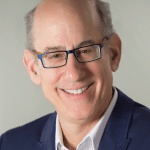





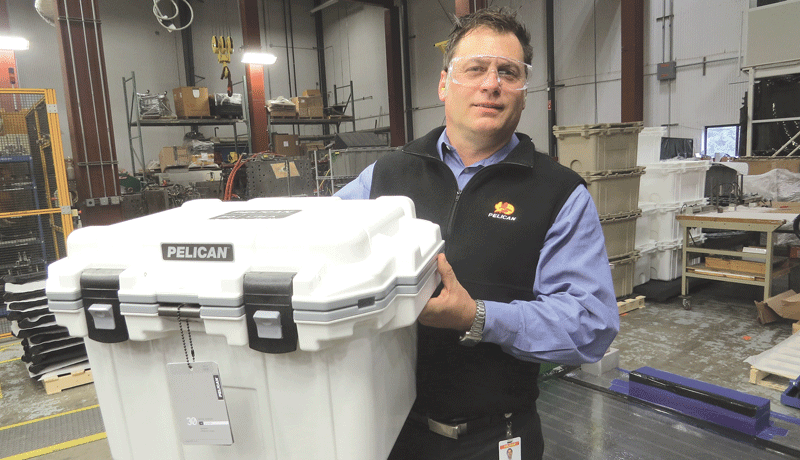
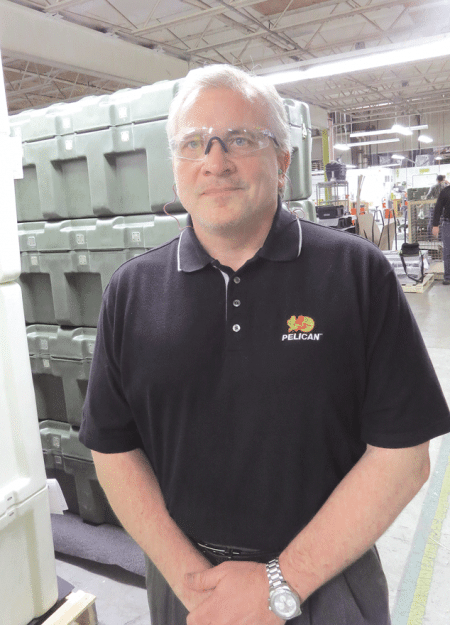
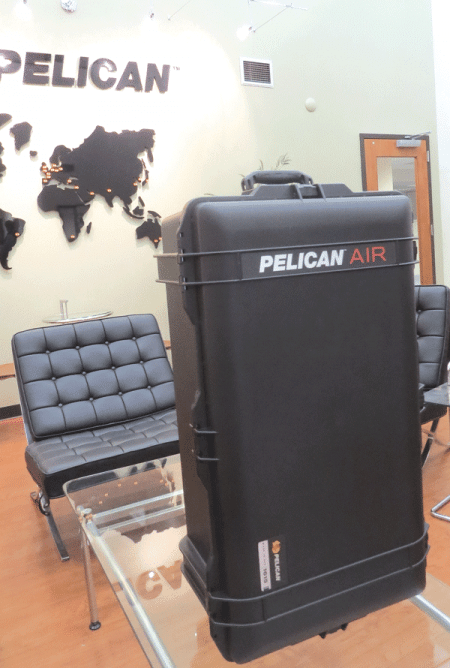




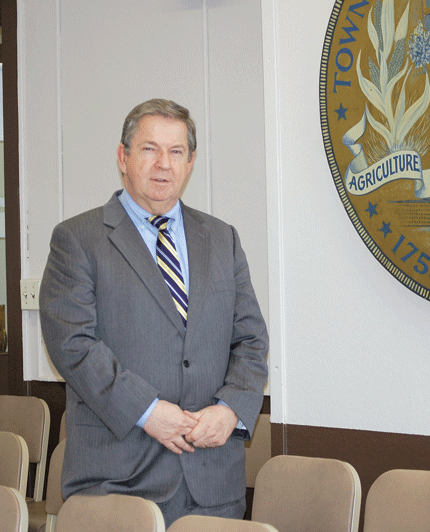

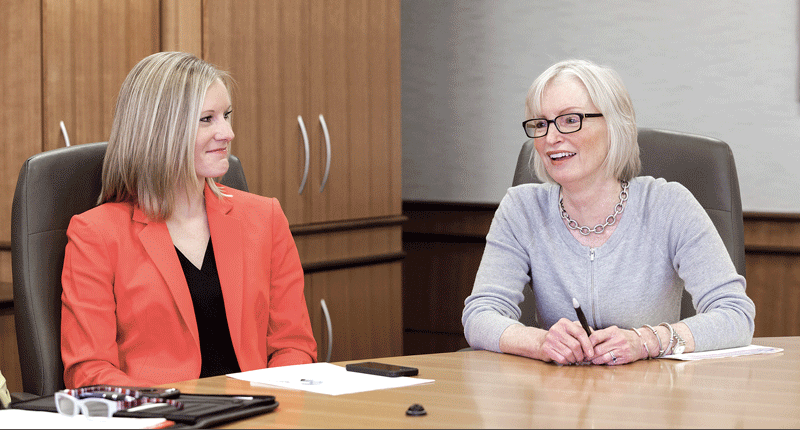

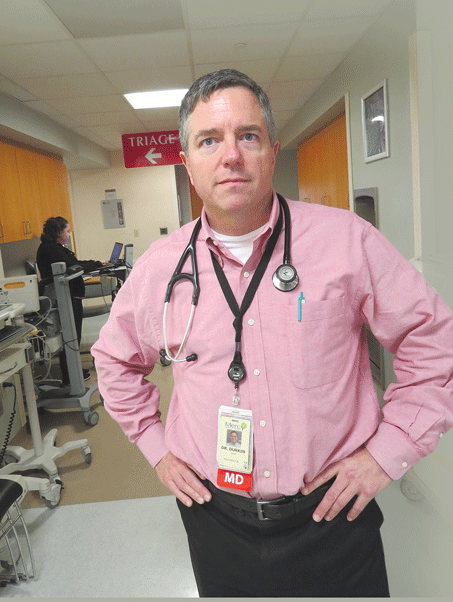




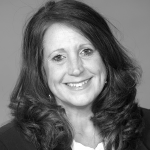
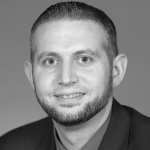
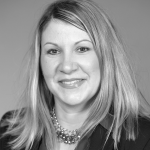
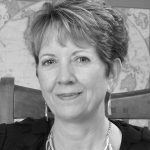
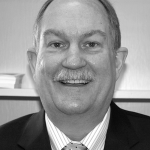
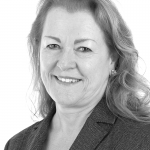

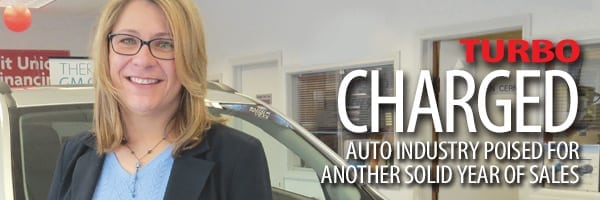
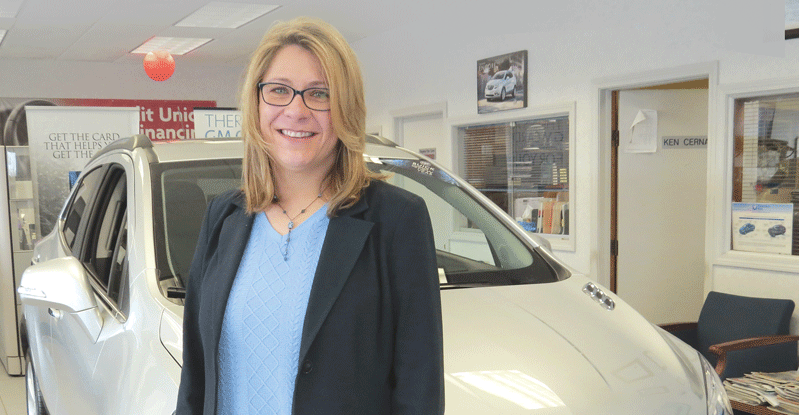
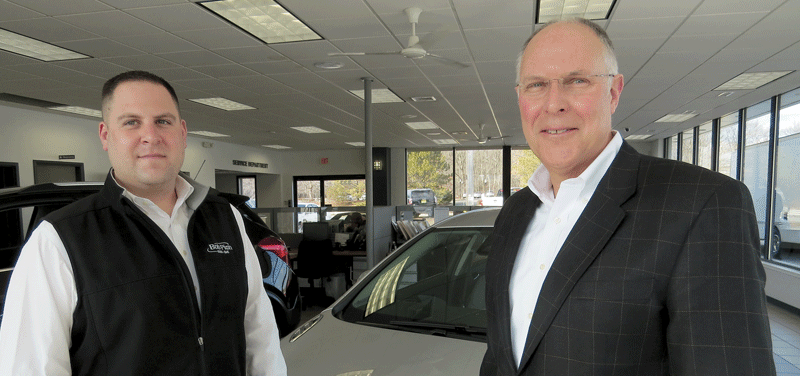
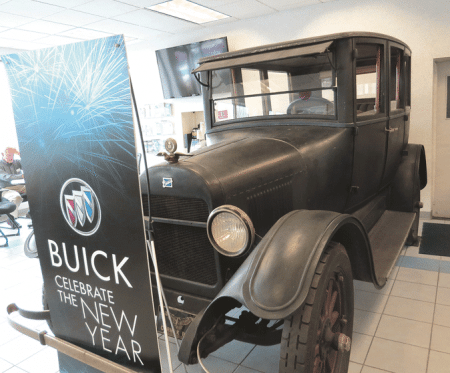
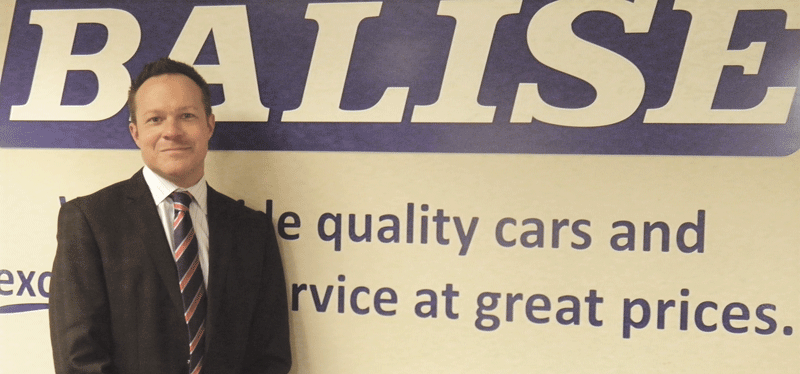
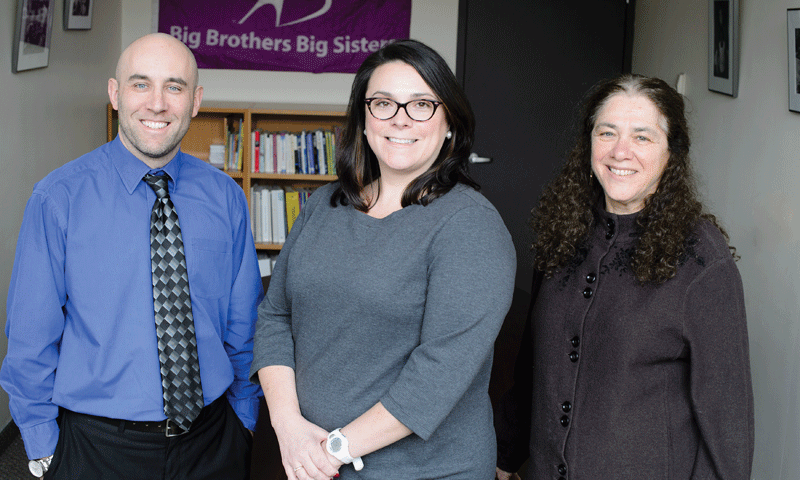
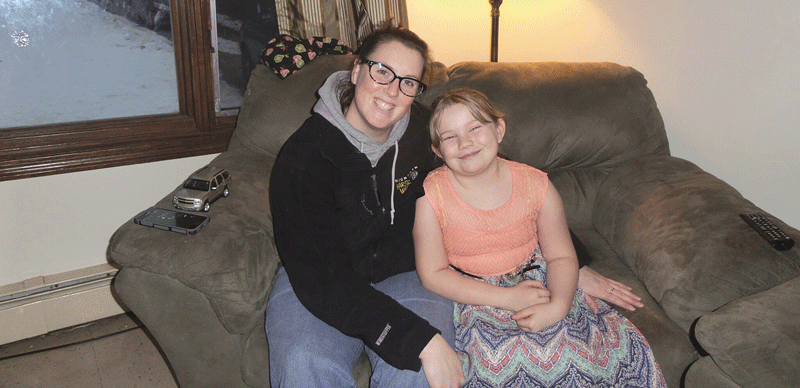



 In rural Franklin County, statistically the most impoverished county in the Commonwealth, for example, basic transportation is an issue, said Danielle Letourneau-Therrien, executive director of that office, noting that, once outside Greenfield, mass transit is hit or miss at best. Meanwhile, reliable Internet service, something most now take for granted in Greater Springfield, is a foreign concept in places like Rowe, Heath, Charlemont, and Ashfield, a fact of life that often makes it difficult to communicate with ‘bigs’ and ‘littles’ alike.
In rural Franklin County, statistically the most impoverished county in the Commonwealth, for example, basic transportation is an issue, said Danielle Letourneau-Therrien, executive director of that office, noting that, once outside Greenfield, mass transit is hit or miss at best. Meanwhile, reliable Internet service, something most now take for granted in Greater Springfield, is a foreign concept in places like Rowe, Heath, Charlemont, and Ashfield, a fact of life that often makes it difficult to communicate with ‘bigs’ and ‘littles’ alike.
